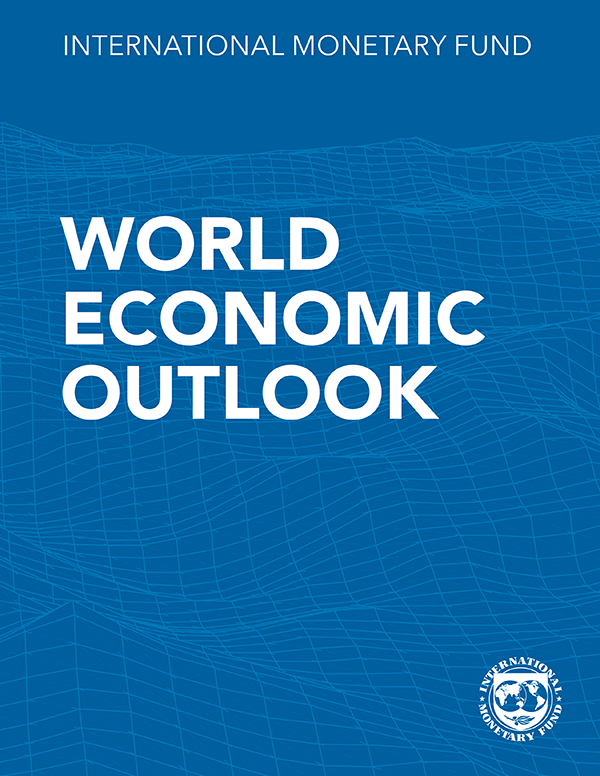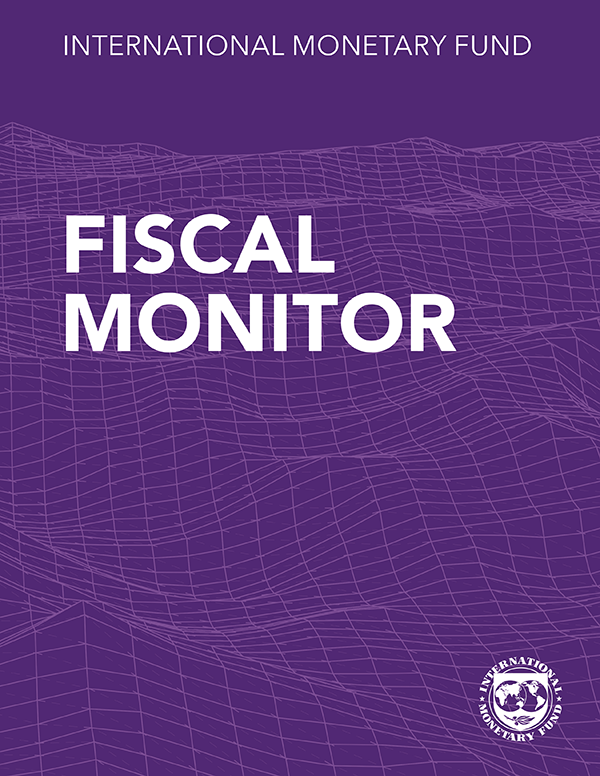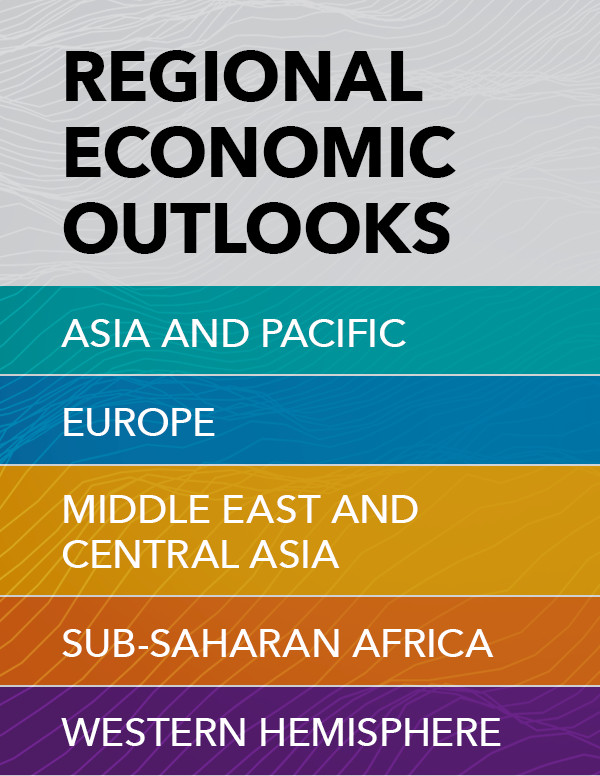
IMF’s research on a new analytical approach to help countries respond to fluctuations in international capital flows
Cross-border capital flows provide significant benefits but may also generate or amplify shocks. Small open economies can be particularly vulnerable to swings in international capital flows. How should they respond? The traditional answer has been to use flexible exchange rates as a shock absorber. But flexible exchange rates may not offer full insulation from external shocks, for example, when financial markets do not work perfectly.
As a result, policy makers often reach for a mix of tools including intervention in the currency market, and macroprudential and capital flow management measures. These policy responses vary substantially across countries and over time. A significant shortcoming of this eclectic approach is the lack of clear frameworks.
Over the course of 2019 and 2020, IMF staff has made a major push to develop conceptual and quantitative models taking greater account of real-life frictions and vulnerabilities to guide how these tools should be used in an integrated way, as explained in a recent IMF blog. The modeling effort is also being complemented by extensive empirical analysis and country case studies. The combined work should provide useful insights to policy makers on when and how to deploy multiple tools with special attention to their interactions, country-specific characteristics, initial conditions and the nature of the shocks. The policy paper that was published in October 2020 summarizes key analytical findings from staff’s work under the Integrated Policy Framework umbrella.
IMF Policy Paper
IMF Working Paper
IMF Working Paper
IMF Working Paper
March 2020
IMF Economic Review, Palgrave Macmillan, International Monetary Fund, vol. 68(1)
Revised in October 2019
NBER Working Paper, Issued in February 2017
IMF Policy Paper
IMF Working Paper
IMF Working Paper
IMF Working Paper
March 2020
IMF Economic Review, Palgrave Macmillan, International Monetary Fund, vol. 68(1)
Revised in October 2019
NBER Working Paper, Issued in February 2017
IMF Working Paper
Proceedings of the 2019 Jackson Hole Symposium, forthcoming
IMF Working Paper
IMF Working Paper
IMF Working Paper
December 2019
NBER Working Paper
IMF Working Paper
September 2019
Emerging Markets Review, Volume 40
IMF Working Paper
IMF Working Paper
IMF Working Paper
IMF Working Paper
June 2017
Journal of Banking & Finance, Volume 79
December 2019
NBER Working Paper
November 2019
NBER Working Paper
March 2017
Journal of International Economics, Volume 105
November 2018
Journal of International Economics, Volume 115
IMF Working Paper
Proceedings of the 2019 Jackson Hole Symposium, forthcoming
IMF Working Paper
IMF Working Paper
IMF Working Paper
December 2019
NBER Working Paper
IMF Working Paper
September 2019
Emerging Markets Review, Volume 40
IMF Working Paper
IMF Working Paper
IMF Working Paper
IMF Working Paper
June 2017
Journal of Banking & Finance, Volume 79
December 2019
NBER Working Paper
November 2019
NBER Working Paper
March 2017
Journal of International Economics, Volume 105
November 2018
Journal of International Economics, Volume 115

October 2024

October 2024

Regional Economic Outlooks

September 2024
Finance & Development

September 2024
Annual Report